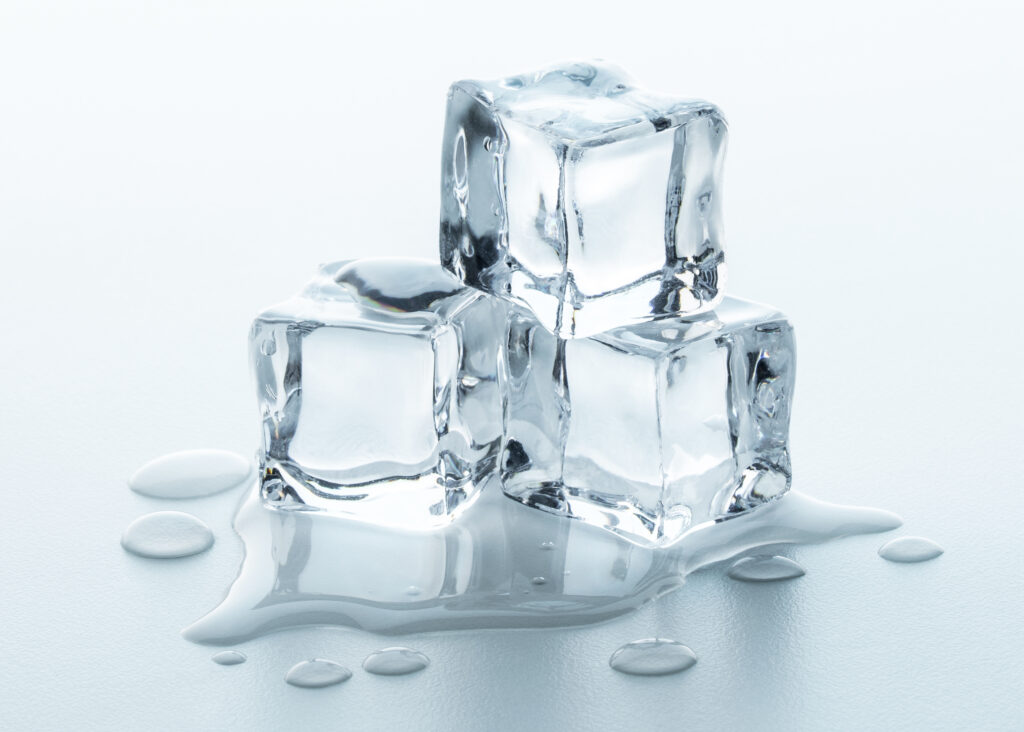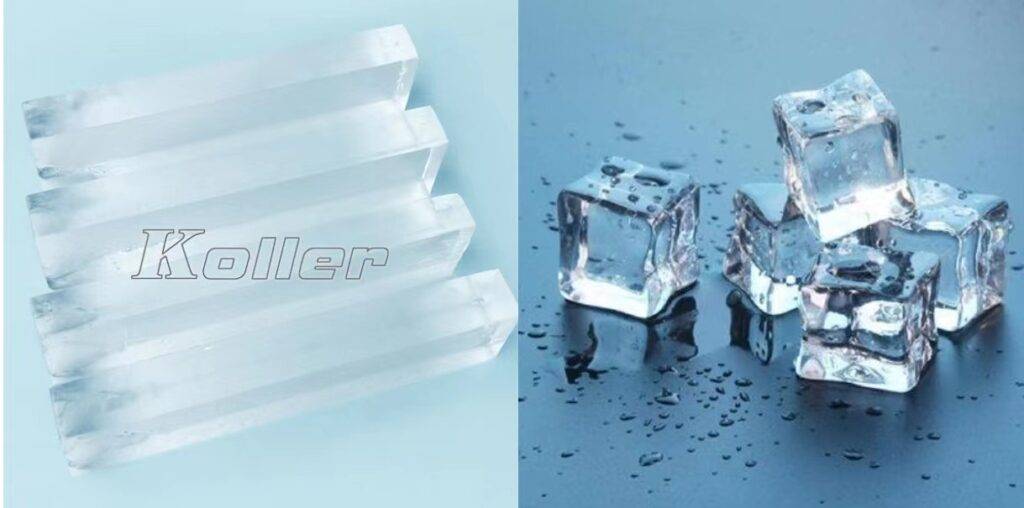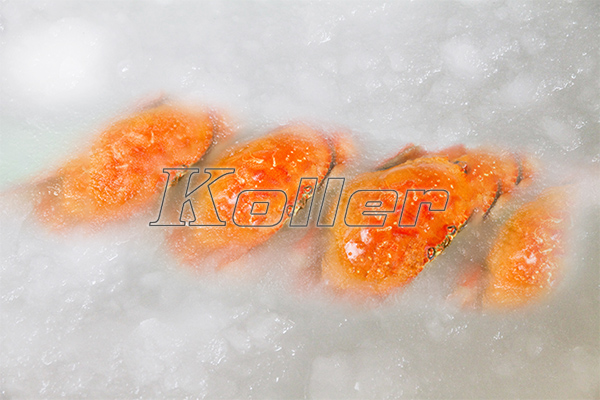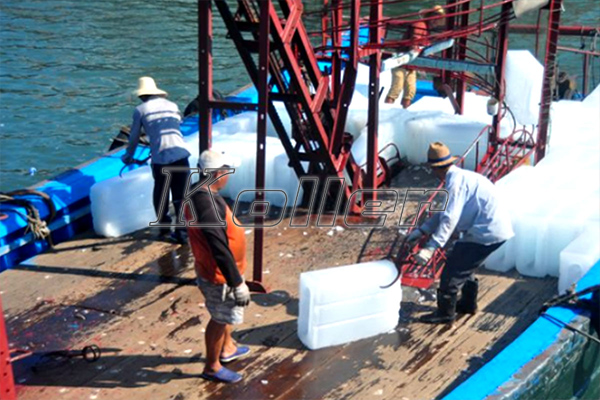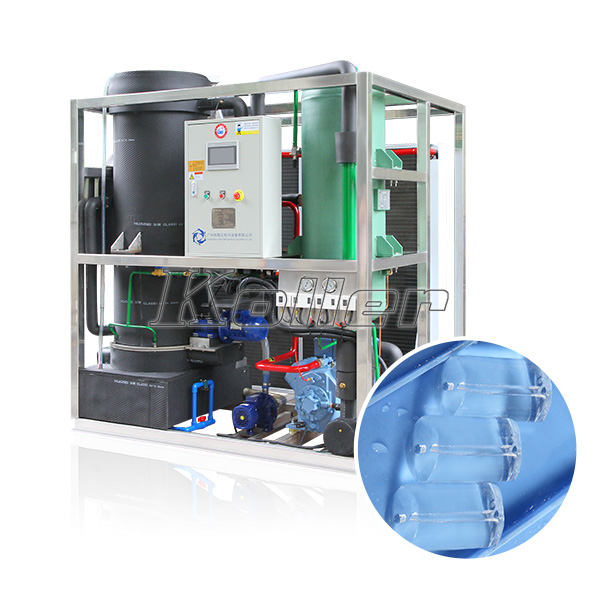
When it comes to industrial ice machines, choosing the right size is crucial for ensuring efficient and cost-effective ice production. A machine that is too small for your business’s needs can result in ice shortages during peak periods, while a machine that is too large may waste energy and resources.
There are several factors to consider when choosing the size of an industrial ice machine, including ice production needs, physical space available for the machine, and budget constraints. By carefully evaluating these factors, you can choose the right size machine that meets your business’s specific needs and maximizes your return on investment.
In the following sections, we’ll explore these factors in more detail, providing guidance on how to choose the right size of an industrial ice machine for your business.
Calculating Ice Requirements
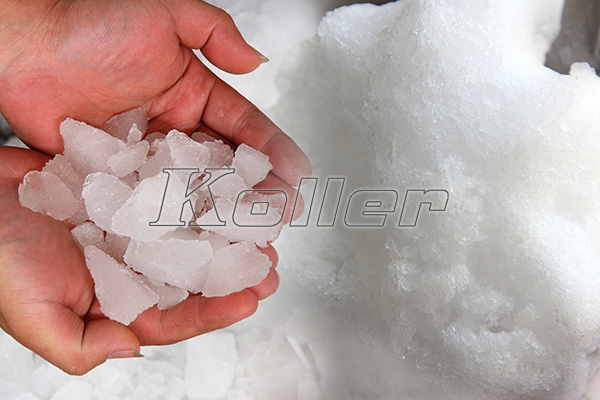
To choose the right size of an industrial ice machine, it’s essential to calculate your business’s ice production needs. The required ice production may vary depending on several factors, such as peak demand and storage capacity.
Estimate Peak Demand of the Ice
Determining your ice requirements involves estimating the maximum amount of ice needed during peak periods, such as holidays or special events. It’s important to consider the specific applications for the ice, such as in drinks, food displays, or medical uses, and the amount of ice storage required throughout the day.
Consider Ambient Temperature of the Environment
Other factors to consider when calculating ice requirements include the ambient temperature of the environment, as higher temperatures may increase ice melting rates and, therefore, demand for more ice. Additionally, specific health and safety guidelines may also dictate the required amount of ice for certain food or medical applications.
By taking these factors into account and measuring the load and use of your current ice machine, you can determine the right production capacity for your business and choose an industrial ice machine that meets those requirements.
In the next section, we’ll explore how to choose an industrial ice machine based on the estimated ice production and required capacity.
Choosing the Right Size

After calculating your ice production needs, you can compare your ice requirements with the ice production capacity of different industrial ice machines. The ideal machine should produce enough ice to cover your peak demand periods while also having enough capacity to store ice throughout the day.
Evaluate Physical Size and Capacity
When considering the size of an industrial ice machine, it’s also crucial to evaluate its physical size and capacity. The machine’s dimensions should fit within the available space in your business, and the machine’s storage capacity should also be adequate to accommodate your required ice storage needs.
Balance Capacity with Energy Efficiency
It’s important to note that higher capacity machines may require more power and resources, resulting in increased energy costs. Therefore, it’s essential to balance capacity with energy efficiency and choose a machine that produces enough ice without wasting resources or incurring high costs.
Consider the Type of Ice
The type of ice produced by a machine can also be a crucial factor in choosing the right size for your business. Different types of industrial ice machines, such as tube ice machines, flake ice machines, and ice cube machines, produce different sizes and shapes of ice, each with unique applications and cooling capacities. Consider your business’s specific needs and applications when choosing the right type of industrial ice machine.
In the next section, we’ll examine the importance of energy efficiency when choosing the right size of an industrial ice machine.
Consider Energy Efficiency
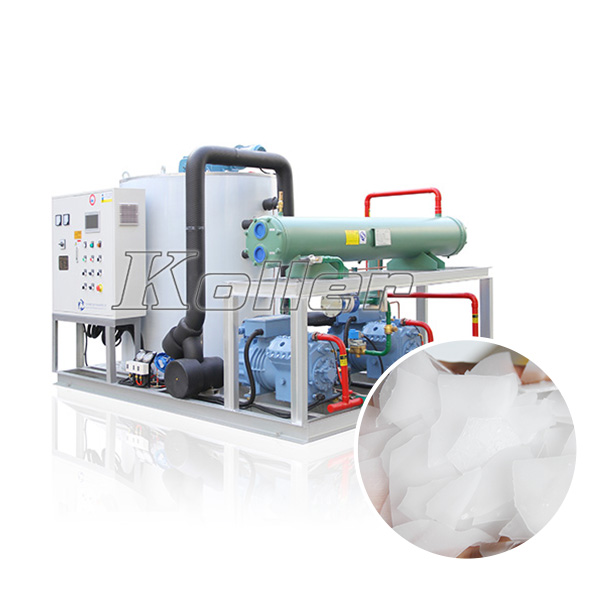
When choosing the right size of an industrial ice machine, energy efficiency should be a crucial consideration. A more energy-efficient machine can help reduce operational costs and minimize the machine’s environmental impact by consuming fewer resources.
Assess the Energy Consumption and Operating Cost
To evaluate the energy efficiency of different industrial ice machines, assess their energy consumption and operating costs. Look for an Energy Star certified industrial ice machine that meets the energy efficiency guidelines set by the EPA. These machines are designed to provide high energy efficiency while still meeting the necessary ice production capacity.
Consider the Type of Refrigerant
It’s also important to consider the type of refrigerant used by the machine. Some refrigerants, such as hydrochlorofluorocarbons (HCFCs) and chlorofluorocarbons (CFCs), are harmful to the environment and can contribute to ozone depletion. Others, such as hydrofluorocarbons (HFCs), are considered more environmentally friendly.
Consider the Defrost Cycle
Another factor to consider is the machine’s defrost cycle, which can significantly impact its energy consumption. Look for an industrial ice machine with automated defrost cycles that activate only when necessary and minimize energy waste.
Consider Other Measures
In addition to choosing an energy-efficient machine, consider other measures to further reduce energy consumption, such as proper maintenance and periodic cleaning. These measures can help keep the machine functioning optimally and reduce the risk of operational failures and other costly issues.
In the next section, we’ll explore how budget constraints can impact the choice of an industrial ice machine and strategies for balancing machine cost with ice production needs.
Budget Considerations
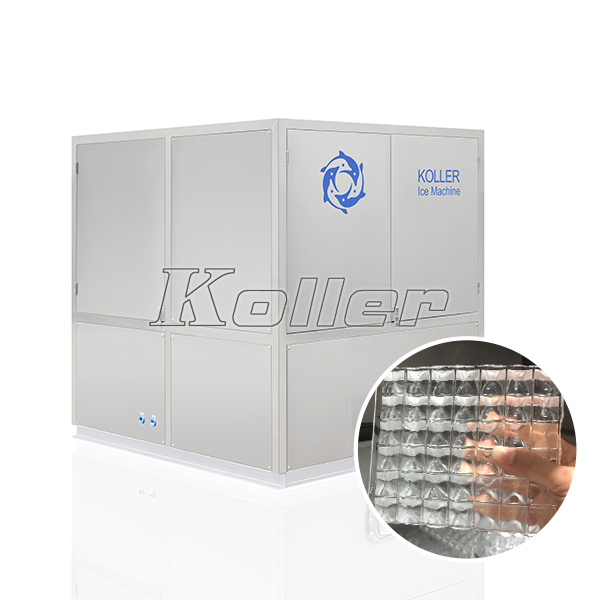
When choosing the right size of an industrial ice machine, it’s essential to consider your budget and the cost of different machine sizes. A higher capacity machine may offer greater production capacity and efficiency, but it may also require a higher upfront investment.
Balance the Machine’s Cost and Capabilities
To balance machine cost with ice production needs and long-term savings, consider factors such as energy efficiency, maintenance costs, and expected lifespan. Investing in a high-capacity machine with low long-term maintenance and energy costs can be a smart long-term investment, despite a higher upfront cost.
Consider Other Cost-saving Measures
Additionally, consider other cost-saving measures, such as leasing or financing an industrial ice machine. These options may offer more flexibility and affordability, allowing you to invest in a high-quality machine while minimizing upfront costs.
Consider Cost of Additional Equipment and Infrastructure
It’s also essential to factor in the cost of additional equipment and infrastructure needed to support the machine, such as water filtration systems, drainage systems, and electrical outlets. Ensure that these costs are included in your budget and that the machine you choose is compatible with these additional requirements.
In summary, when choosing the right size of an industrial ice machine, it’s important to balance the machine’s cost and capabilities with your business’s ice production needs and budget. Consider long-term savings and cost-saving measures, such as leasing or financing, to maximize your return on investment.
Conclusion
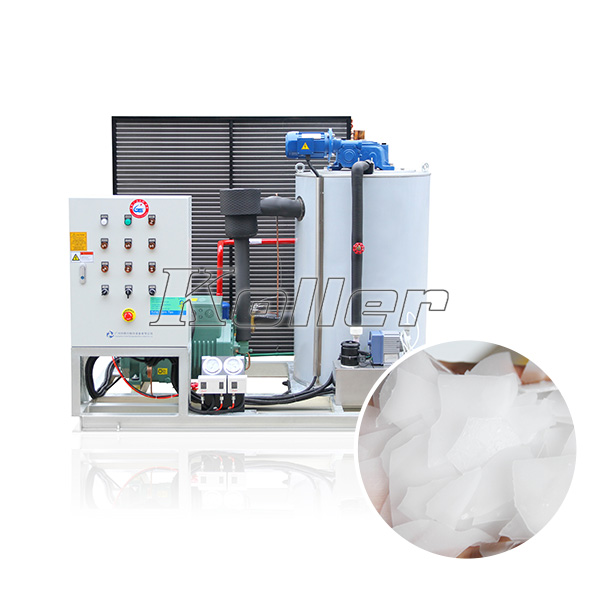
Choosing the right size of an industrial ice machine is crucial for efficient and cost-effective ice production. When selecting an industrial ice machine, seek guidance and advice from experts and industrial ice machine manufacturers. These professionals can provide insight and recommendations based on your specific business needs, helping you choose a machine that maximizes your ice production capabilities while minimizing costs and resource consumption.
In summary, by carefully calculating your ice requirements, evaluating different machine sizes, and considering factors such as energy efficiency and budget constraints, you can choose the right size of an industrial ice machine that meets your business’s specific needs and maximizes your return on investment.



